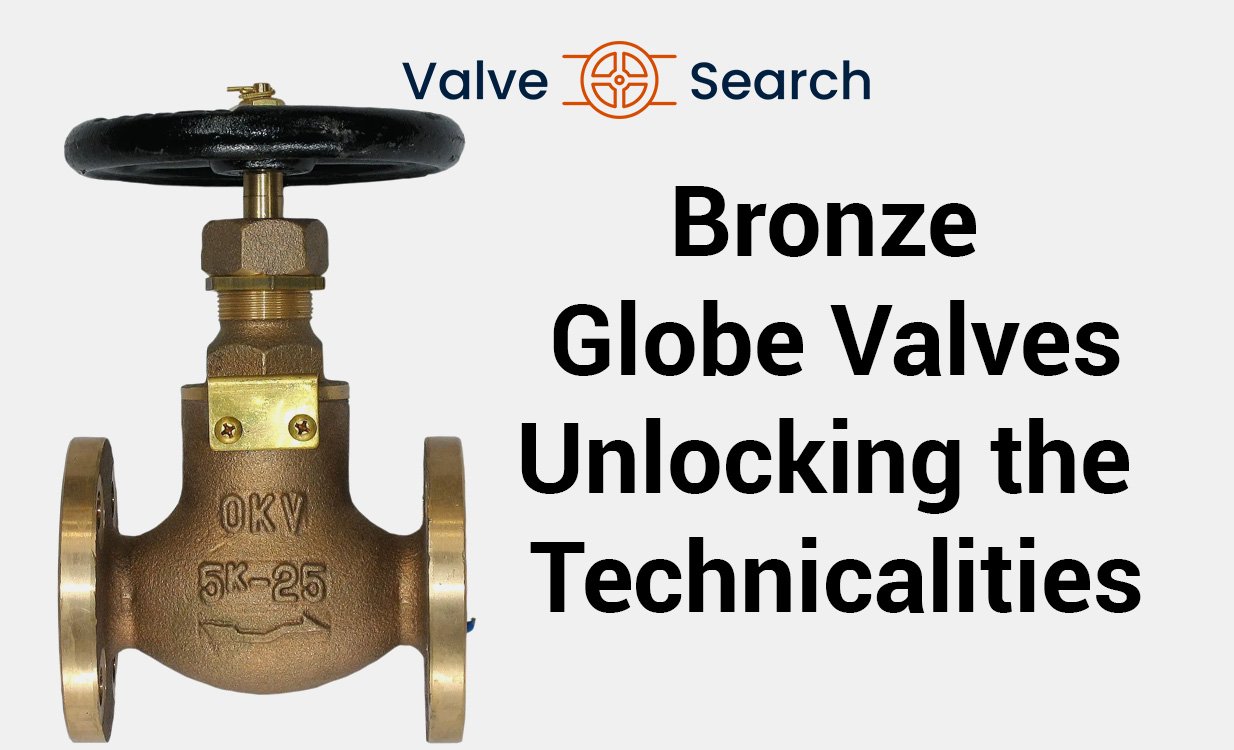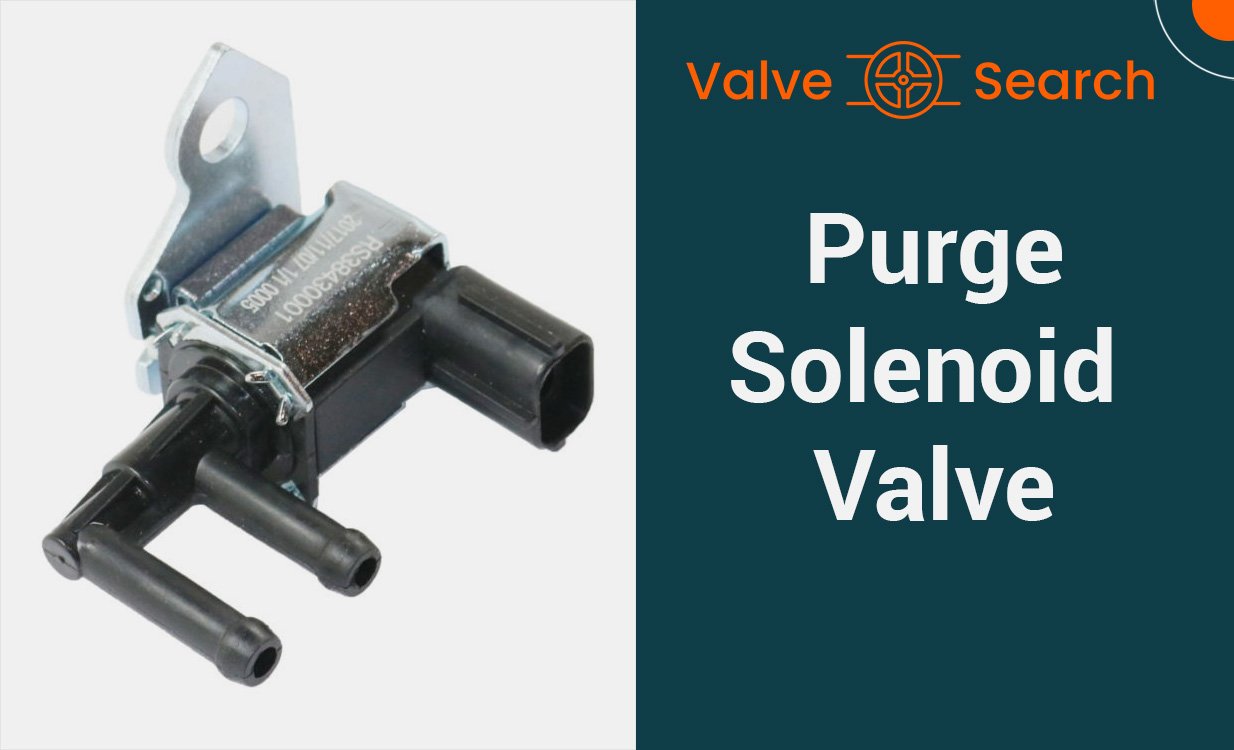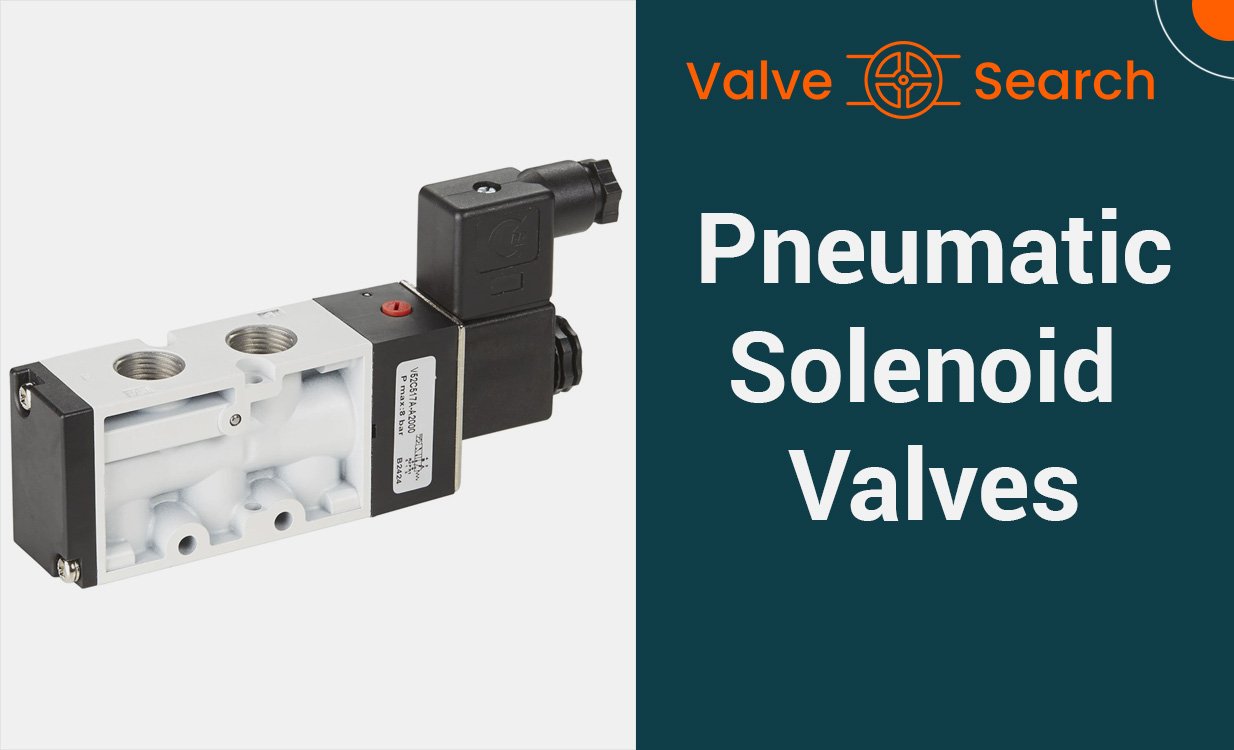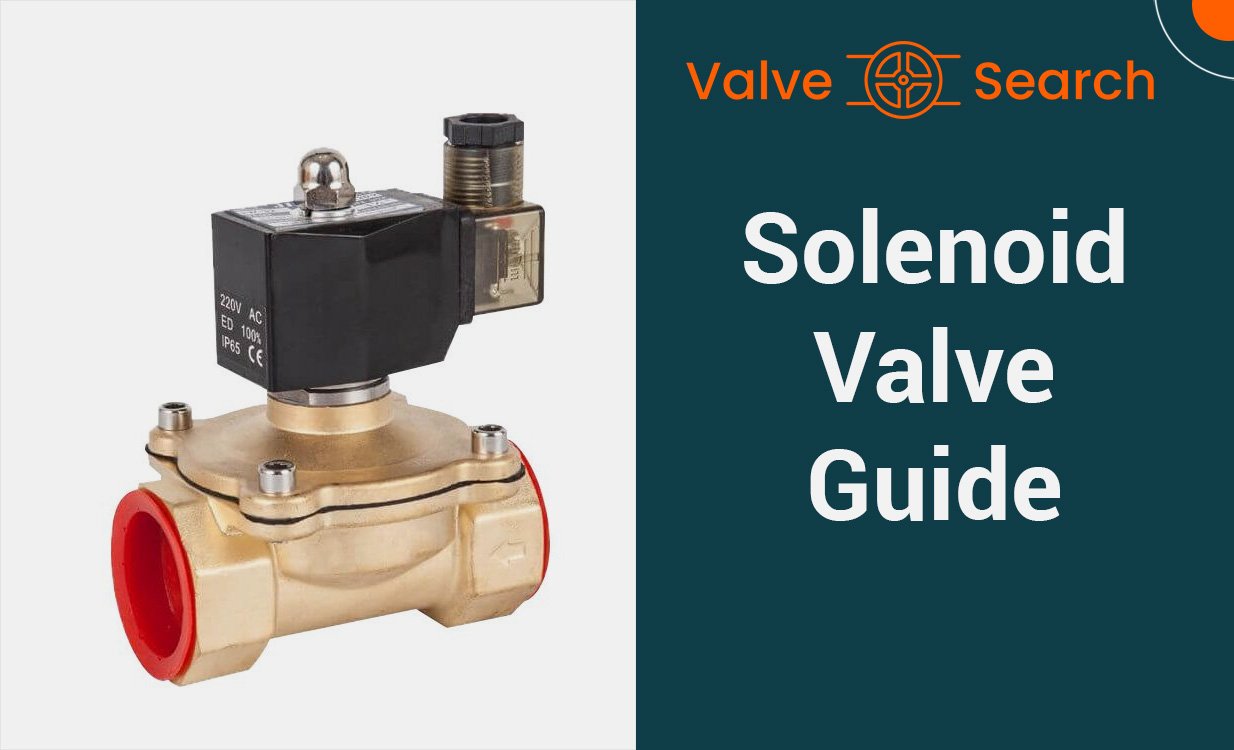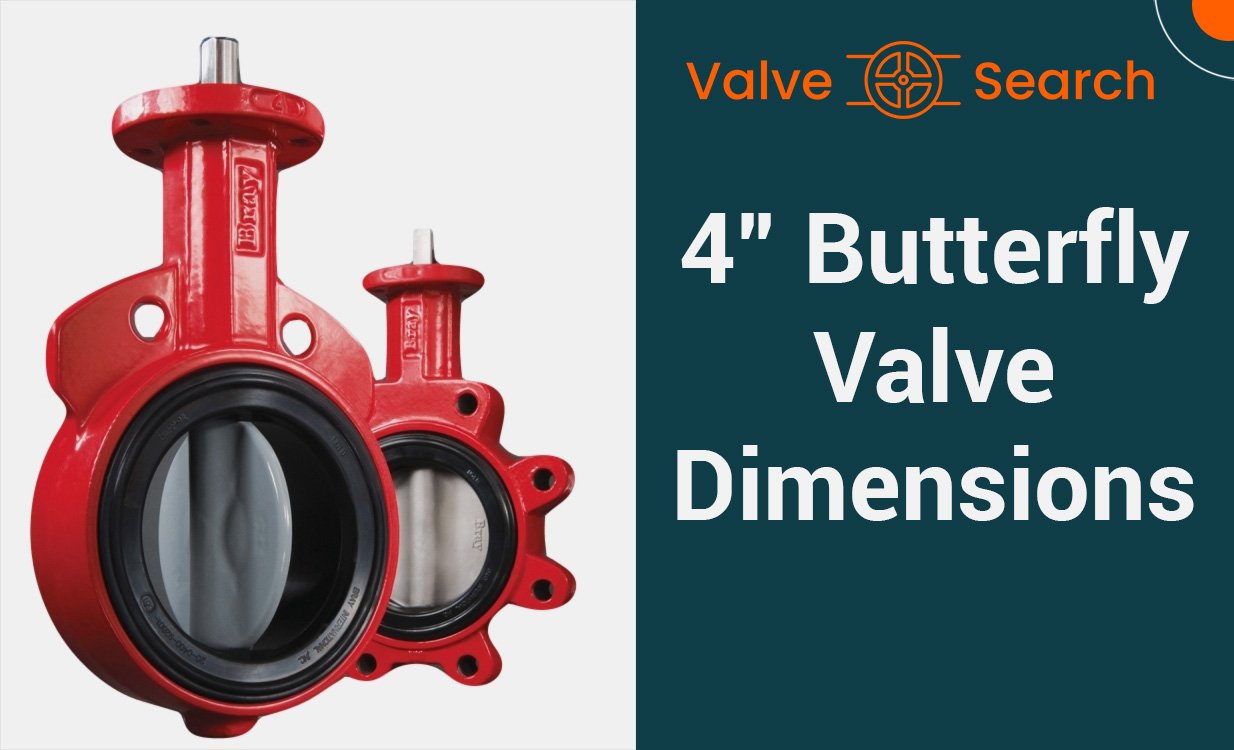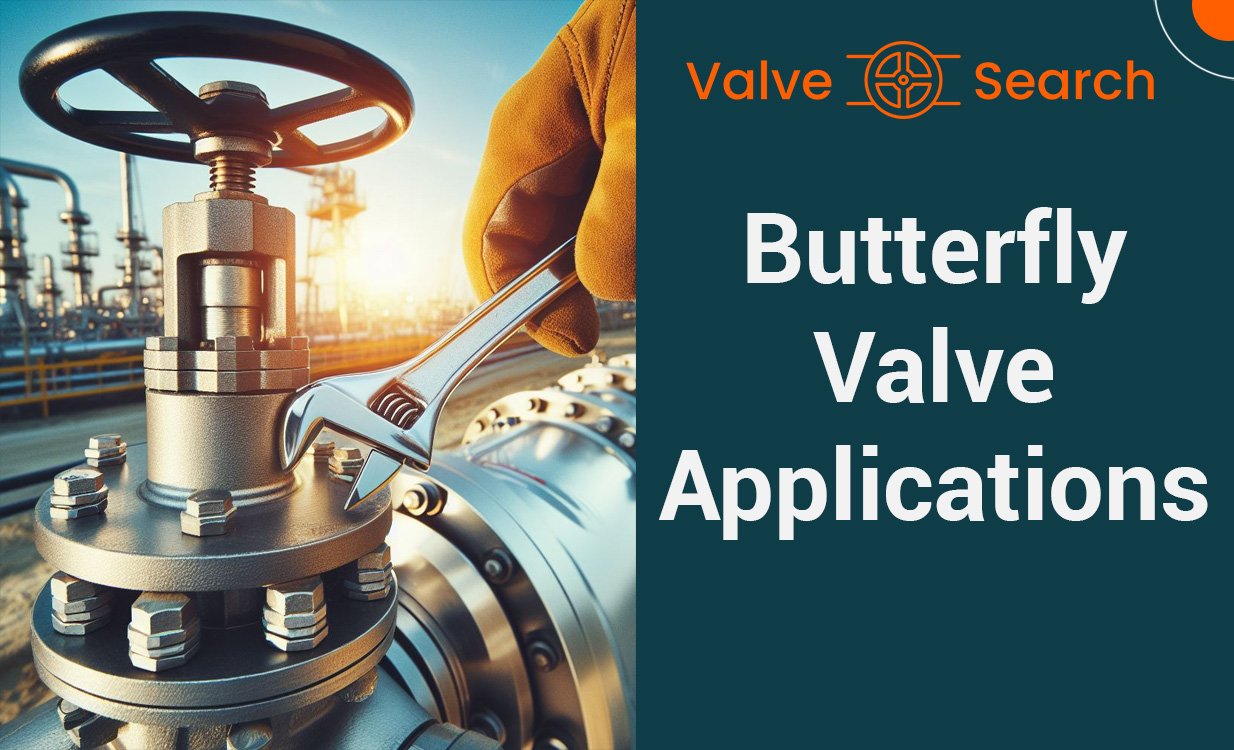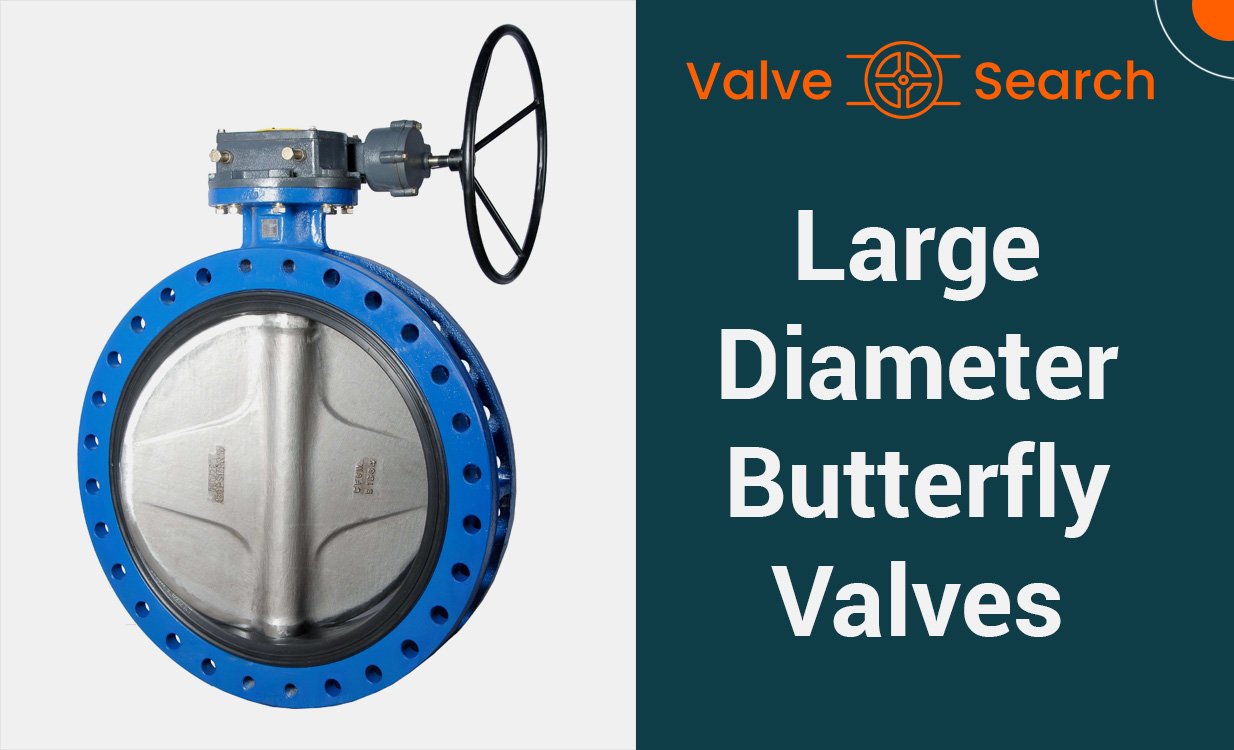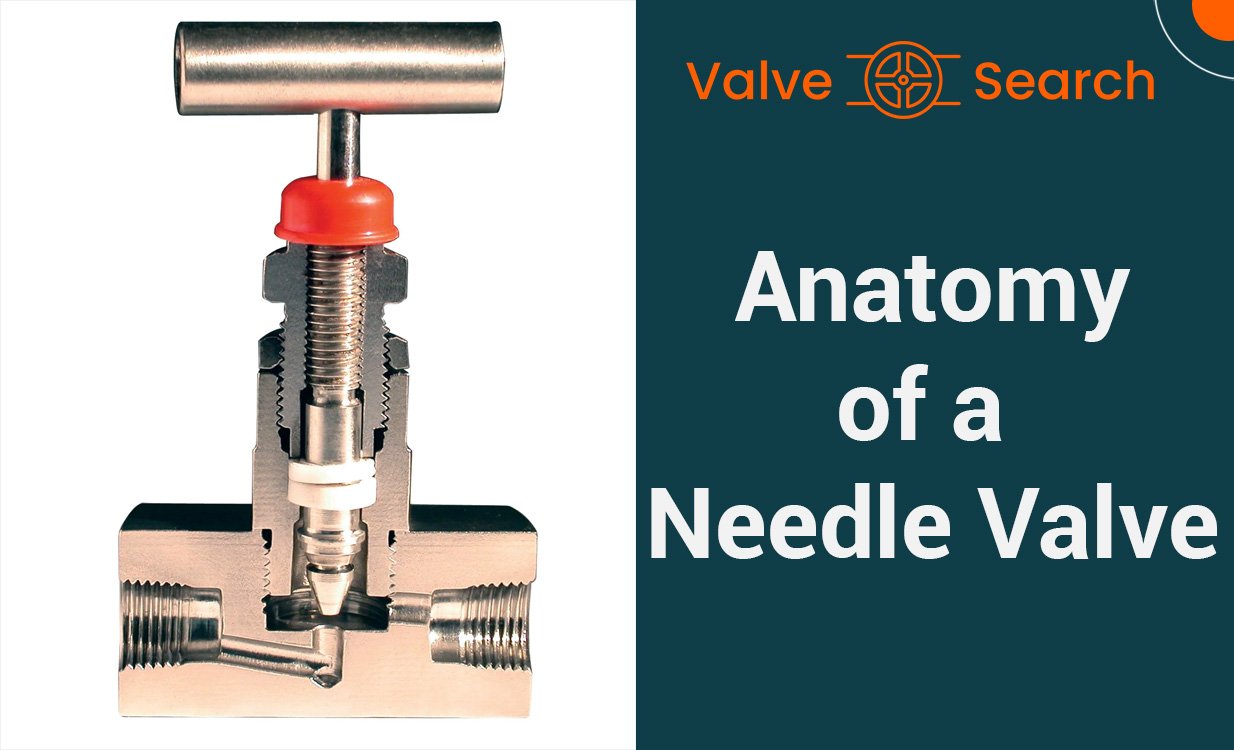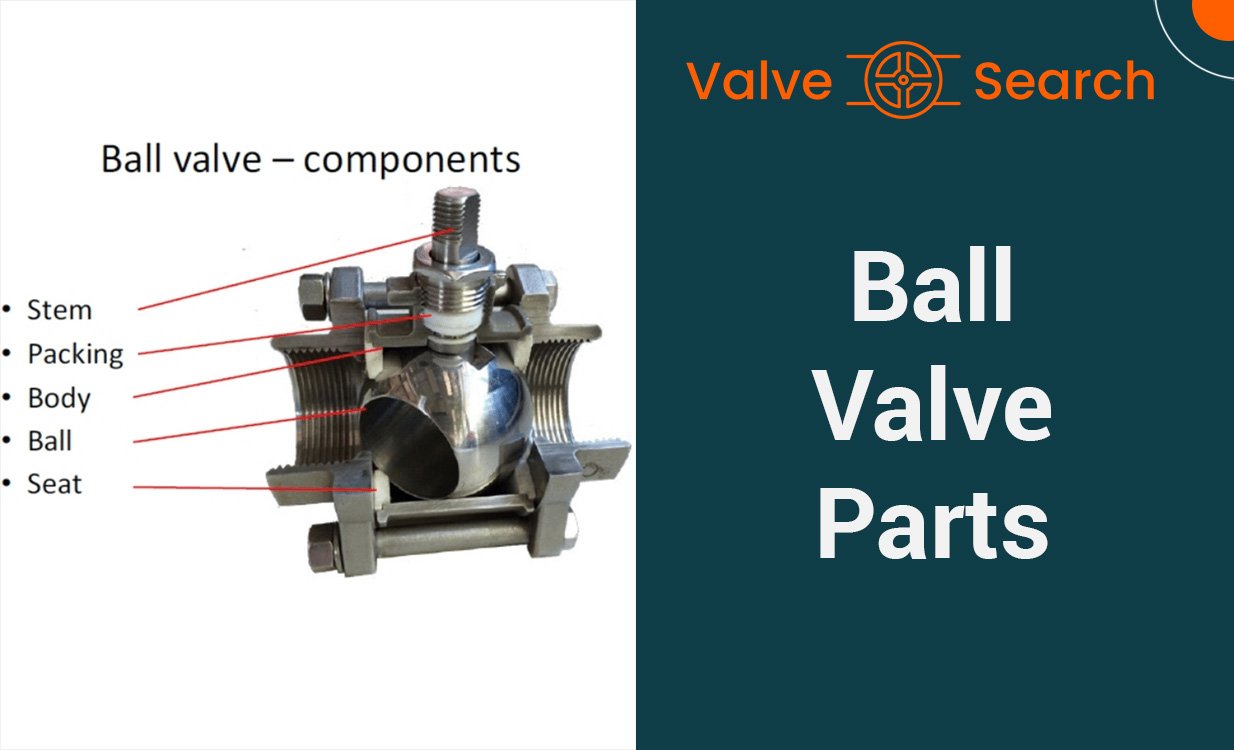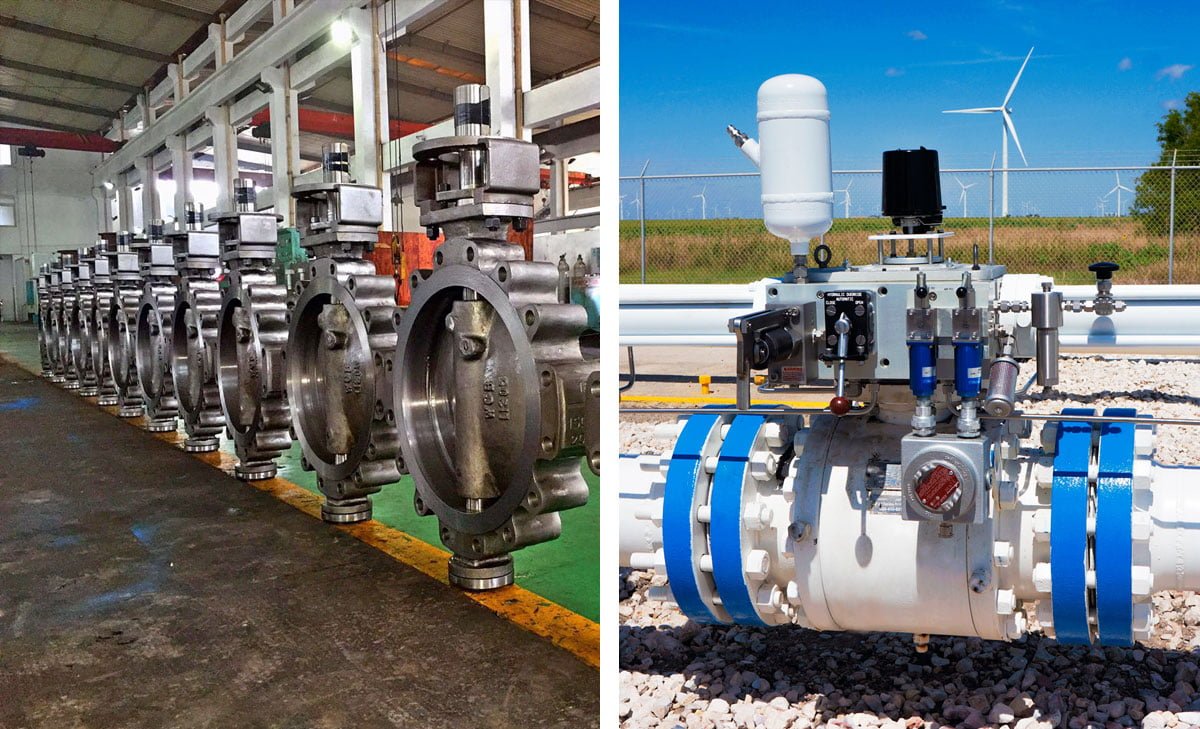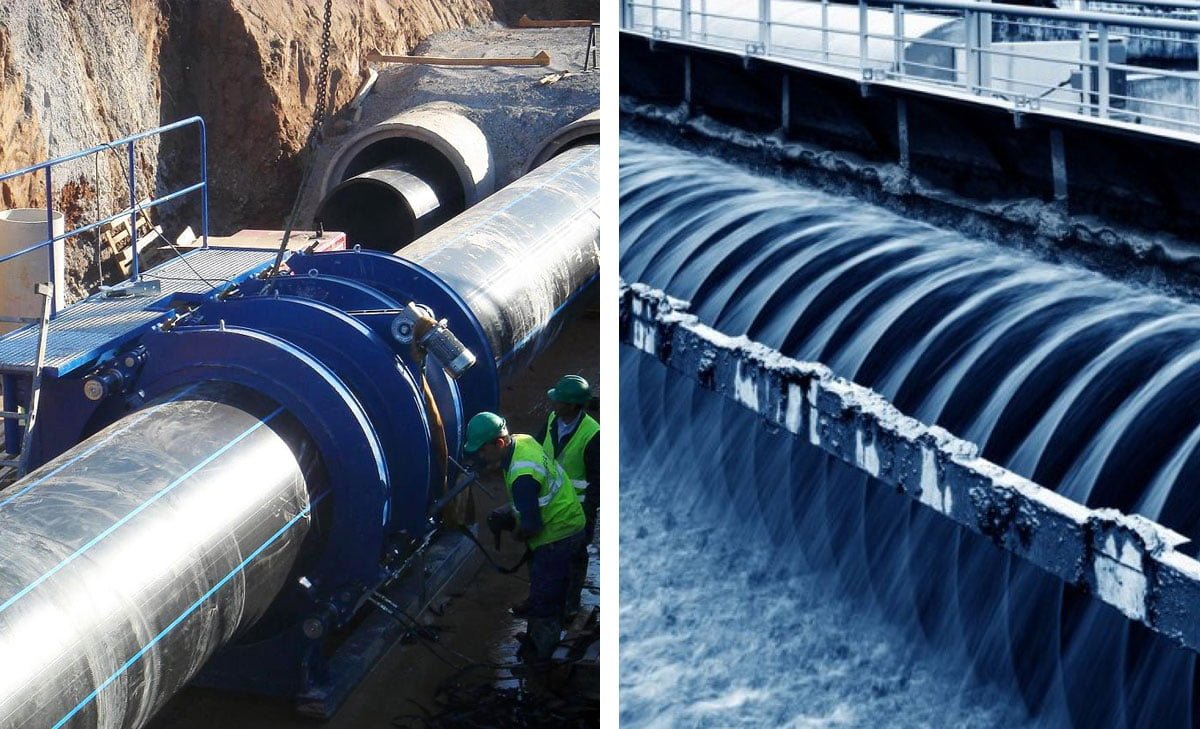How to Select the Correct Butterfly Valve Size for Your Application

Choosing the right size butterfly valve for your application is crucial for ensuring optimal performance and efficiency. With a wide range of options available, it’s essential to understand the specific requirements of your system to make an informed decision. In this blog post, we will discuss key factors to consider when selecting the appropriate size for a butterfly valve, helping you make the best choice for your industrial or commercial application.
Table of Contents
ToggleUnderstanding Butterfly Valves and Their Functionality
The Basics of Butterfly Valves
Butterfly valves are a type of valve that utilizes a disc-shaped, rotating closure mechanism to regulate the flow of fluids. Their design allows for easy installation and maintenance compared to complex valves such as ball or gate valves. Depending on the type, butterfly valves open and close by turning a handle or actuator, rotating the valve’s disc towards or away from the seated position to control fluid flow.
Where Butterfly Valves Are Used
Butterfly valves find applications in residential, commercial, and industrial settings due to their efficiency in controlling fluid flow. They can be used in low-pressure applications with wafer-style valves, or higher pressure settings with lug-style valves. Additionally, double offset butterfly valves are preferred for their superior flow characteristics compared to other types.
The unique disc-shaped construction of butterfly valves allows for greater flexibility in controlling the flow of liquids or gases, making them an invaluable tool in various industries where precise flow control is essential.
Factors to Consider When Choosing a Butterfly Valve Size
The Role of Pipe Diameter in Butterfly Valve Size
The pipe diameter is a crucial factor when selecting the right size butterfly valve for your application. The valve size must be compatible with the diameter of the piping system in which it will be installed. It is essential to ensure that the butterfly valve’s dimensions align with the pipe diameter to prevent any flow restrictions or inefficiencies in the system. Matching the valve size to the pipe diameter is vital for seamless operation and optimal performance.
Flow Rate Requirements for Your System
Another factor to consider when choosing a butterfly valve size is the flow rate requirements for your specific system. Understanding the flow characteristics and demands of your application is essential for selecting the appropriate valve size. By considering the flow rate, you can determine the necessary valve dimensions to achieve the desired flow capacity while maintaining efficient fluid control. It is crucial to match the valve size to the flow rate requirements to avoid flow restrictions or excessive energy consumption.
The Importance of Pressure Ratings
Pressure ratings play a significant role in determining the suitable size of a butterfly valve for a given application. It is imperative to assess the pressure conditions within the system to ensure that the selected valve size can withstand the operating pressures without compromising performance or safety. Choosing a valve size with the appropriate pressure ratings is critical for maintaining system integrity and preventing potential leaks or failures due to excessive pressure. Ensure that the valve size aligns with the pressure ratings to guarantee reliable and safe operation.
Remember to double-check the compatibility of the butterfly valve’s size with your piping system, consider the flow rate requirements, and prioritize pressure ratings to make an informed decision about the right valve size for your application.

Types of Butterfly Valves and Sizing Implications
Concentric Butterfly Valves
The concentric butterfly valve is designed with a resilient rubber seat that provides a bubble-tight shutoff when closed. Its simple and economical design makes it suitable for low-pressure applications. When sizing a concentric butterfly valve, it is crucial to consider the required flow rate and pressure drop to ensure optimal performance. The disc size and seat material must be selected based on the specific process conditions to achieve the desired flow control and shutoff capabilities.
Double-Offset Butterfly Valves
Double-offset butterfly valves feature an eccentric shaft, which allows the disc to move off the seat with a reduced level of friction. This design minimizes wear and ensures a longer service life. When choosing the right size for a double-offset butterfly valve, it is essential to evaluate the operating temperature, pressure, and flow characteristics. The offset design influences the valve’s flow capacity and pressure drop, requiring careful consideration during the sizing process.
Triple-Offset Butterfly Valves
Triple-offset butterfly valves are engineered for high-performance applications that demand bubble-tight shutoff and bi-directional capabilities. The metal seat design and offset shaft contribute to the valve’s ability to handle high pressures and temperatures while maintaining tight shutoff. Sizing a triple-offset butterfly valve involves assessing the flow coefficient (Cv), pressure class, and seat material to ensure compatibility with the intended application. The characteristics of the triple-offset design necessitate meticulous sizing to achieve precise flow control and shutoff performance.
How to Measure for the Right Butterfly Valve
Tools Needed for Accurate Measurement of a Butterfly Valve
When measuring for the right butterfly valve, you will need certain tools to ensure precise measurements. The tools required include a measuring tape or a ruler, a caliper, and a pipe sizing tool. These tools will help you to accurately determine the dimensions necessary for selecting the appropriate valve for your application.
Step-by-Step Guide to Measuring Pipe Size
To measure for the right butterfly valve, follow these steps:
- Begin by locating the pipeline where the valve will be installed. Ensure that the pipeline is clean and free of any debris that may interfere with measurements.
- Use the measuring tape or ruler to determine the outer diameter of the pipeline. This measurement will help in identifying the correct valve size that will fit the pipeline.
- If the pipeline has irregular contours or non-circular shapes, utilize a caliper to measure the widest points of the pipe to ascertain the accurate dimensions.
- For precise measurements, consider using a pipe sizing tool to confirm the pipe size and shape, which will aid in choosing the appropriate butterfly valve.
- Record the measurements accurately, ensuring that all dimensions are taken into account before proceeding with the selection of the butterfly valve.
By following these steps and utilizing the necessary tools, you can ensure that you obtain accurate measurements for selecting the right valve for your application.
The Impact of Temperature and Material Compatibility
When choosing the right size butterfly valve for your application, considering the impact of temperature and material compatibility is crucial. We need to take into account the temperature extremes in valve size and the material selection for different applications.
Considering Temperature Extremes in Valve Size
Temperature plays a significant role in the performance and durability of butterfly valves. Fluctuations in temperature can affect the valve’s materials, leading to expansion or contraction, which may impact the valve’s function. Extreme temperatures can also cause thermal expansion, potentially affecting the valve’s sealing capabilities and overall performance.
It’s essential to select a valve size that can withstand the temperature variations within your specific application. Factors such as the maximum and minimum operating temperatures, as well as potential temperature spikes, should be carefully evaluated to ensure the chosen valve size can effectively handle the temperature demands without compromising its integrity.
Material Selection for Different Applications
The compatibility of valve materials with the substances they come into contact with is crucial for the valve’s longevity and reliability. Different applications require different material considerations to withstand the effects of chemical exposure and temperature variations.
For instance, in environments where corrosive or abrasive substances are present, materials such as stainless steel or corrosion-resistant alloys may be suitable choices to ensure the valve’s resistance to chemical attack and erosion. On the other hand, applications involving high temperatures may necessitate the use of specialized materials with superior heat resistance, such as high-performance polymers or ceramic coatings.
Careful consideration of material compatibility based on the specific application’s chemical and thermal requirements is vital for selecting the right size butterfly valve that will deliver optimal performance and longevity in the intended operating conditions.

Compliance with Industry Standards and Regulations
Understanding ISO Standards for Butterfly Valves
ISO 5211 is an international standard that specifies the dimensions and requirements for the mounting flange and driving components of quarter-turn actuators, including butterfly valves. This standard ensures interchangeability between various manufacturers’ actuators and butterfly valves, providing a level of uniformity essential for industrial applications.
Local Regulations and Compliance Requirements
When selecting a butterfly valve for your application, it is crucial to consider local regulations and compliance requirements. Various industries may have specific standards that butterfly valves need to meet in order to ensure safety, environmental protection, and operational efficiency. Understanding these regulations can help in choosing a valve that not only meets industry standards but also aligns with legal requirements.
In some cases, industries may require certifications such as CE (Conformité Européenne) marking in the European Economic Area or UL (Underwriters Laboratories) listing in the United States to demonstrate compliance with relevant safety and performance standards. These certifications serve as a guarantee that the valve meets the necessary requirements set forth by regulatory bodies.
Navigating the intricate web of industry standards and regulations can be overwhelming, but it is a critical aspect of selecting the right size butterfly valve for your specific application. Always consult with industry experts and regulatory authorities to ensure full compliance and adherence to relevant standards and regulations.
Common Butterfly Valve Sizing Mistakes and How to Avoid Them
When it comes to selecting the right size butterfly valve for your application, it’s essential to avoid common sizing mistakes to ensure optimal performance and longevity of the equipment. Overestimating valve size needs and neglecting future expansion possibilities are two common errors that can impact the efficiency and effectiveness of your valve system.
Overestimating Butterfly Valve Size Needs
Overestimating the required valve size can result in unnecessary costs and operational inefficiencies. It’s crucial to accurately assess the flow requirements of your system to determine the appropriate valve size. Oversized valves can lead to issues such as cavitation, increased energy consumption, and poor control over flow rates. To avoid this mistake, it’s advisable to conduct a thorough analysis of the system’s flow characteristics, pressure drops, and operating conditions. Consulting with a qualified engineer or valve specialist can provide valuable insights into selecting the right size to meet your specific needs without overestimating.
Neglecting Future Expansion Possibilities
Neglecting to consider potential future expansion requirements when choosing a butterfly valve size can lead to costly retrofitting or replacement down the line. As your system evolves and demand grows, having to upgrade to a larger valve size can disrupt operations and incur additional expenses. It’s prudent to evaluate the scalability and potential changes in your system over time to select a valve size that allows for future expansion without the need for significant modifications. Incorporating flexibility into your sizing strategy can save time and resources in the long run, ensuring that your valve system can adapt to changing needs seamlessly.
By avoiding these common sizing mistakes, you can make informed decisions that align with your operational needs while optimizing the performance and longevity of your valve system.
Expert Tips for Selecting the Right Butterfly Valve Size
Selecting the right size butterfly valve for your application is a critical decision that can significantly impact the performance and efficiency of your system. When navigating through the process of choosing the appropriate valve size, there are several expert tips that can guide you in making an informed decision.
Consulting with Valve Manufacturers
One of the most valuable resources for selecting the right butterfly valve size is consulting with reputable valve manufacturers. These experts have in-depth knowledge of their products and can provide valuable insights tailored to your specific application. By engaging in discussions with valve manufacturers, you can gain a better understanding of the performance capabilities, sizing recommendations, and any specific considerations related to your application. Additionally, manufacturers can offer guidance on industry best practices and potential challenges, ensuring that you make an educated decision when determining the appropriate butterfly valve size for your project.
Utilizing Sizing Charts and Tools
Another effective approach for selecting the right butterfly valve size is to utilize sizing charts and tools provided by valve manufacturers. These resources offer detailed information on flow rates, pressure ratings, pipe dimensions, and other critical parameters that influence the selection of the appropriate valve size. By leveraging sizing charts and tools, you can make data-driven decisions based on the specific requirements of your application, ensuring precise compatibility and optimal performance. Additionally, these resources can streamline the decision-making process, allowing you to efficiently assess various sizing options and identify the most suitable butterfly valve size for your system.
When selecting the right valve size, leveraging the expertise of valve manufacturers and utilizing sizing charts and tools are essential strategies that can empower you to make a well-informed and confident decision, ultimately leading to the optimal performance and functionality of your system.
Conclusion on Butterfly Valve Sizes
Selecting the right size butterfly valve for your specific application is crucial for ensuring optimal performance and efficiency. By considering factors such as flow rate, pressure, temperature, and pipe size, you can make an informed decision that meets your operational requirements. It is essential to carefully evaluate these factors and consult with industry experts or manufacturers if needed to make the best choice for your system. Remember that the right size butterfly valve can significantly impact the overall effectiveness and longevity of your equipment, so taking the time to select the appropriate size is an investment in your system’s success.

